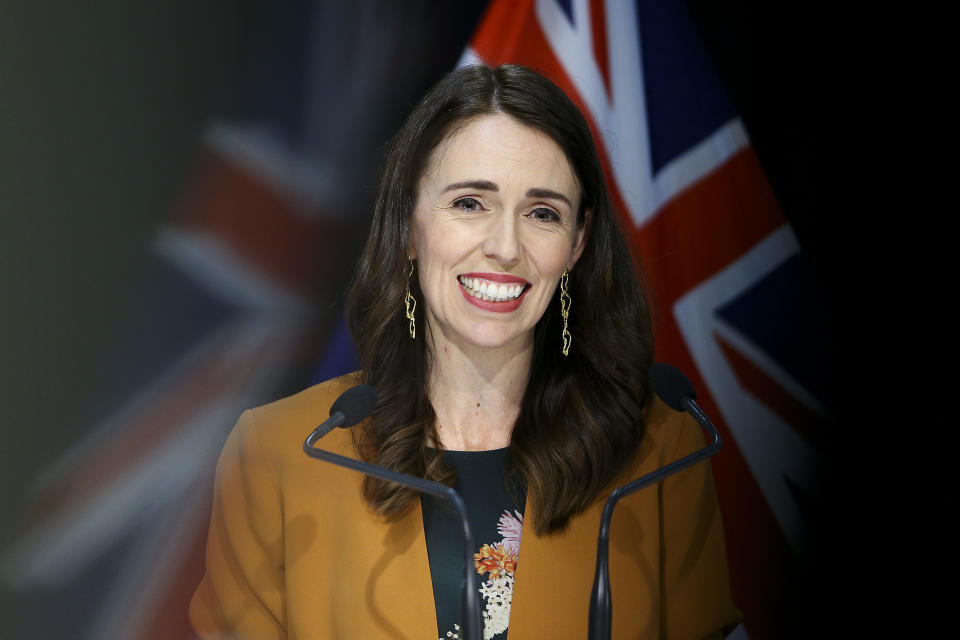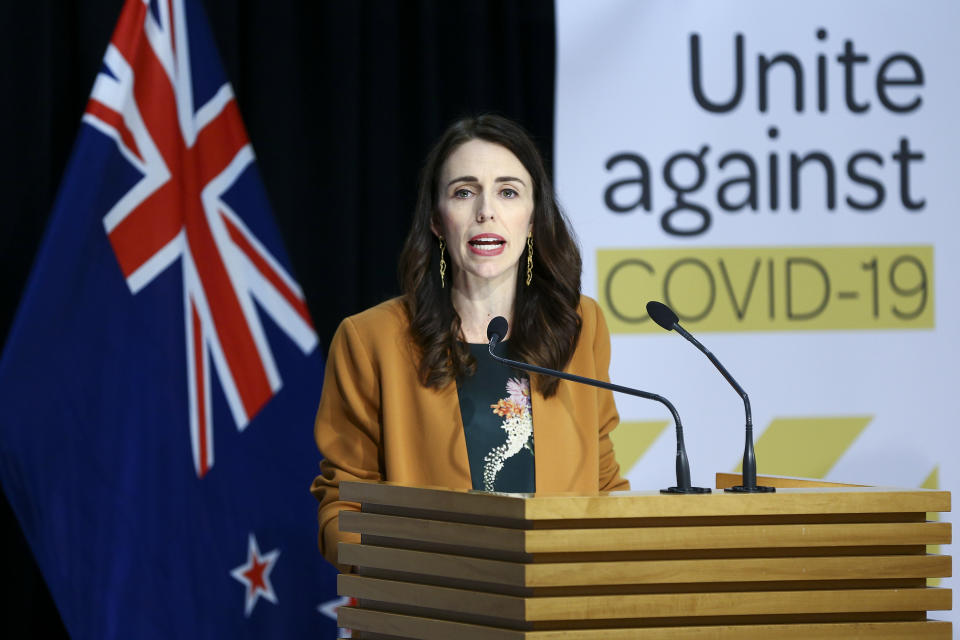How did New Zealand stamp out coronavirus?

New Zealand lifted most of its coronavirus restrictions on Monday as the country reported no active cases.
Prime minister Jacinda Ardern said she “did a little dance” when she was told the country was effectively coronavirus-free, meaning all of New Zealand was to be moved to level 1, the lowest of a four-tier alert system, with the goal of completely ending transmission of COVID-19 within its borders.
Under the new rules, which come into effect at midnight local time on Monday, people no longer need to social distance from each other and there are no limits to public gatherings but, crucially, borders remain closed to foreign travellers.
Today we can announce that there are now no active cases of COVID-19 in New Zealand! Read our full update at https://t.co/YYbSSBzUJC pic.twitter.com/GEMQ1QghgA
— Ministry of Health - Manatū Hauora (@minhealthnz) June 8, 2020
New Zealanders arriving from abroad will go through a 14-day period of isolation.
The Pacific island nation is among only a handful of countries that have emerged from the pandemic, as big economies like the US, Britain, India and Brazil continue to grapple with the spreading virus.
But how did it manage to completely clear the country of coronavirus?
Geography
New Zealand is a remote nation with a population of just 5 million and its external borders are easily sealed.
Its isolated location in the South Pacific gave it vital time to see how outbreaks spread in other countries, and Ardern acted decisively by imposing a strict lockdown early in the outbreak.
Also, notably, biosecurity in New Zealand guards against threats to agriculture and biodiversity, with strict border control measures being taken to prevent unwanted organisms from entering the country.
Decisive strategy
Ardern has won plaudits for acting quickly in the face of the pandemic, even as other western countries appeared remarkably slow to introduce lockdown restrictions.
“We’re going hard and we’re going early,” Ardern told the public in mid-March.
“We only have 102 cases, but so did Italy once.”
Read more: Coronavirus UK alert level remains at 4 despite lockdown being eased in England
Ardern imposed a strict lockdown early in New Zealand’s outbreak, giving the government time to set out its own strategy, which heavily focused on border control and elimination.
She announced that New Zealand was going to rapidly escalate levels of physical distancing and travel restrictions on 23 March, reaching the level of a full national lockdown days later.
By effectively putting the country into mass home quarantine for a month, many chains of COVID-19 transmission were extinguished.
Elimination
On 23 March, a month after the country recorded its first case, New Zealand committed to an elimination strategy.
The approach focused on delaying the arrival of the virus, followed by a range of measures to flatten the curve of cases and deaths.
New Zealand had been taking a similar approach to Australia by following their pandemic plans but diverged when it embraced the elimination strategy.
Controls were increased after 15 March to require 14-day periods of self-isolation for all arrivals.
Read more: What were the first measures other countries relaxed from coronavirus lockdown?
Case isolation, contact tracing and quarantine to stamp out cases were also being used.
Michael Baker, professor at the University of Otago's department of public health in Wellington, who has been advising the New Zealand government on its response, said implementing a full lockdown – including the closure of schools and non-essential workplaces, a ban on social gatherings, and severe travel restrictions – enabled the country to consider elimination.
Baker told medical journal The Lancet the full lockdown allowed the country to get key systems up and running to manage borders effectively and do contact tracing, testing and surveillance.

Expanding testing and tracing
Crucially, it expanded testing and contact tracing – a measure that experts agree will be crucial to stopping a second outbreak.
The strategy also prioritised “case isolation and quarantine of contacts”, which the academics said would allow New Zealand to “stamp out chains of transmission”.
From 22 January to 27 May, more than 247,295 people were tested in a country of just 5 million. Testing has been focused on people with symptoms, with tracing of both close contacts and casual contacts.
Read more: New Zealand's lockdown contained coronavirus. Now comes the hard part
Ardern said in April: “Success doesn’t mean zero COVID-19 cases. It means zero tolerance – as soon as we have a case, we go in straight away, testing around that person.
“We’re isolating them… we do our interviews and contact trace to find all the people who have been in contact with them while they may have passed it on, and we ask them to isolate.
“That’s how we keep stamping out COVID cases.”
Coronavirus: what happened today
Click here to sign up to the latest news, advice and information with our daily Catch-up newsletter
Read more about COVID-19
How to get a coronavirus test if you have symptoms
How easing of lockdown rules affects you
In pictures: How UK school classrooms could look in new normal
How public transport could look after lockdown
How our public spaces will change in the future
Help and advice
Read the full list of official FAQs here
10 tips from the NHS to help deal with anxiety
What to do if you think you have symptoms
How to get help if you've been furloughed

 Yahoo News
Yahoo News 
